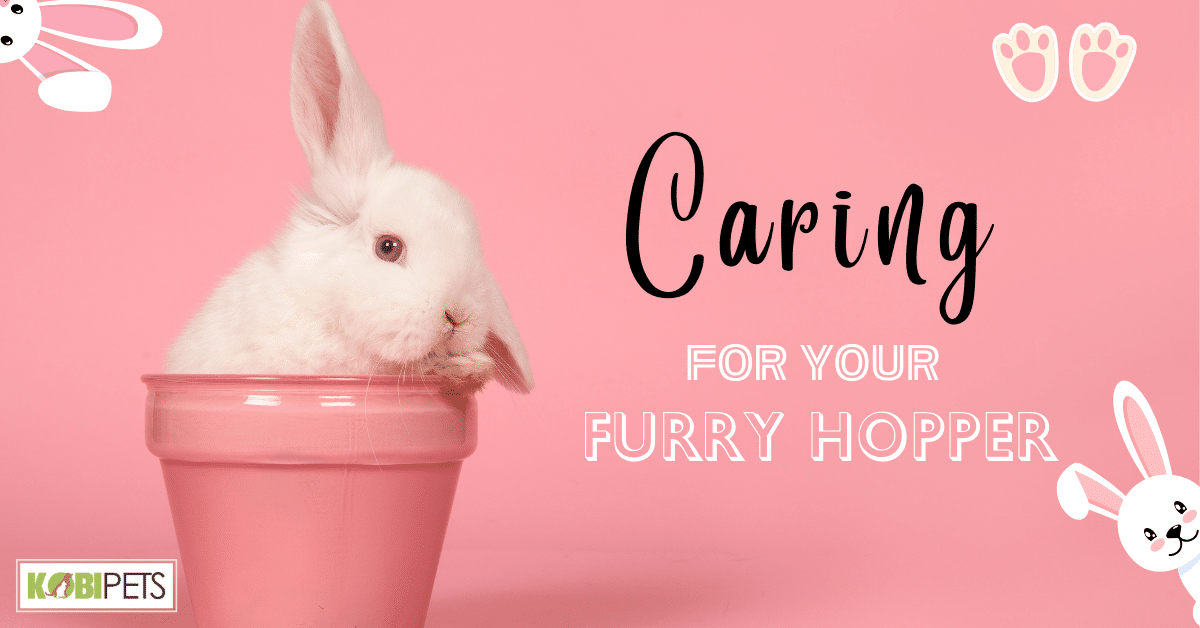
Caring for your furry hopper involves providing proper nutrition, a safe living environment, and regular exercise. Ensure your rabbit has access to fresh hay, vegetables, and clean water to maintain their health. Additionally, create a spacious and bunny-proofed space for them to roam and play, and don’t forget to spend quality time with your hopper to build a strong bond and ensure their well-being.
Rabbits, those endearing and enchanting creatures, can be wonderful companions. However, responsible ownership is essential to ensure their well-being. In this article, we’ll explore why rabbits make great pets and provide comprehensive guidance on how to care for them.
Choosing the Right Rabbit
Choosing the right rabbit begins with understanding the diverse world of rabbit breeds and their unique characteristics. Some breeds, like the energetic and playful Holland Lop, are great for families with active children, while others, such as the gentle and docile Flemish Giant, may suit quieter households.
Consider your living space, available time for bonding, and the level of grooming a breed requires. When you’ve identified the breed that aligns with your lifestyle and preferences, it’s important to source your rabbit responsibly.
Seek out reputable breeders with a track record of ethical practices and healthy rabbits. Alternatively, consider adopting from local animal shelters, where you can provide a loving home to a rabbit in need while also supporting animal welfare efforts.
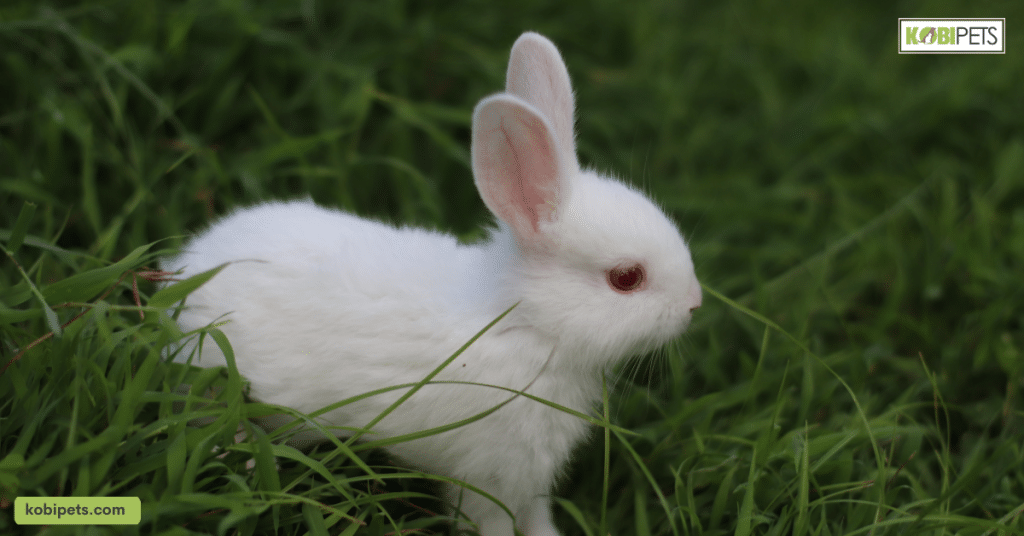
Setting Up the Perfect Habitat
A suitable rabbit enclosure not only keeps your pet safe but also promotes their physical and mental health. In this section, we will delve into the essentials of setting up the perfect habitat for your rabbit, covering everything from indoor and outdoor housing options to cage size, bedding materials, and essential accessories.
Indoor vs. Outdoor Housing
When deciding between indoor and outdoor housing for your rabbit, consider your climate, available space, and personal preferences. Indoor housing offers better temperature control and protection from predators, making it a popular choice.
However, you’ll need to allocate a designated area for your rabbit, ideally a quiet and draft-free room. Outdoor housing can be suitable if you live in a mild climate, but it requires secure fencing, protection from extreme weather, and constant supervision. Some rabbit owners opt for a combination of both, allowing their pets access to both indoor and outdoor spaces through a secure run.
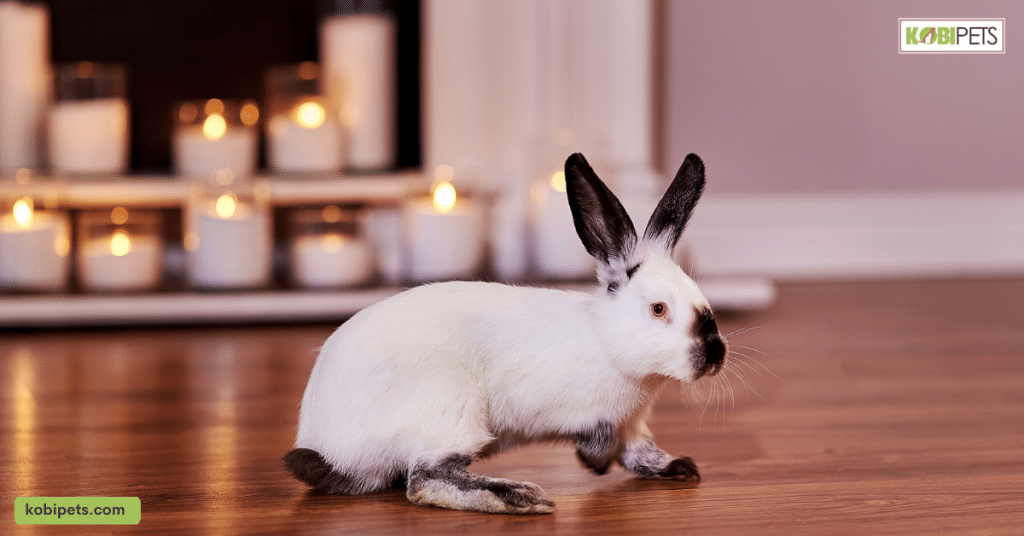
Cage Size and Layout
The size and layout of your rabbit’s cage are critical factors in their overall well-being. A spacious cage allows your rabbit to move, hop, and stretch comfortably. A general guideline is to choose a cage that is at least four times the length of your rabbit when stretched out.
Additionally, provides platforms, ramps, tunnels, and hiding spots to create a stimulating environment. Consider adding a litter box to one corner to encourage litter training.
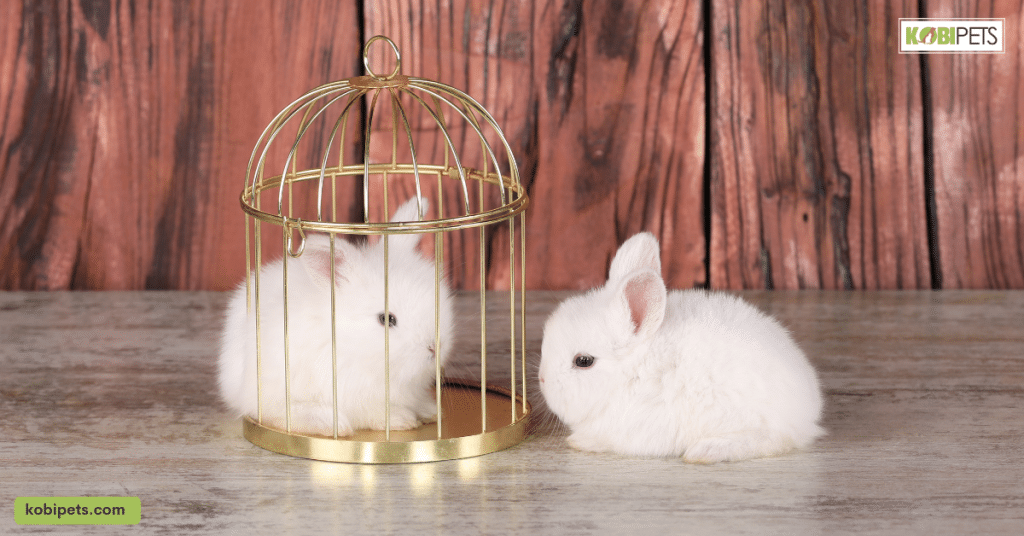
Choosing the Right Bedding
Selecting the right bedding material is essential for your rabbit’s comfort and hygiene. Avoid cedar and pine shavings, which can be harmful to their respiratory system. Instead, opt for safe bedding options like paper-based bedding, hay, or straw.
These materials are absorbent, provide insulation, and are comfortable for your rabbit to rest on. Frequent cleaning and changing of bedding are necessary to maintain a clean and odor-free environment.
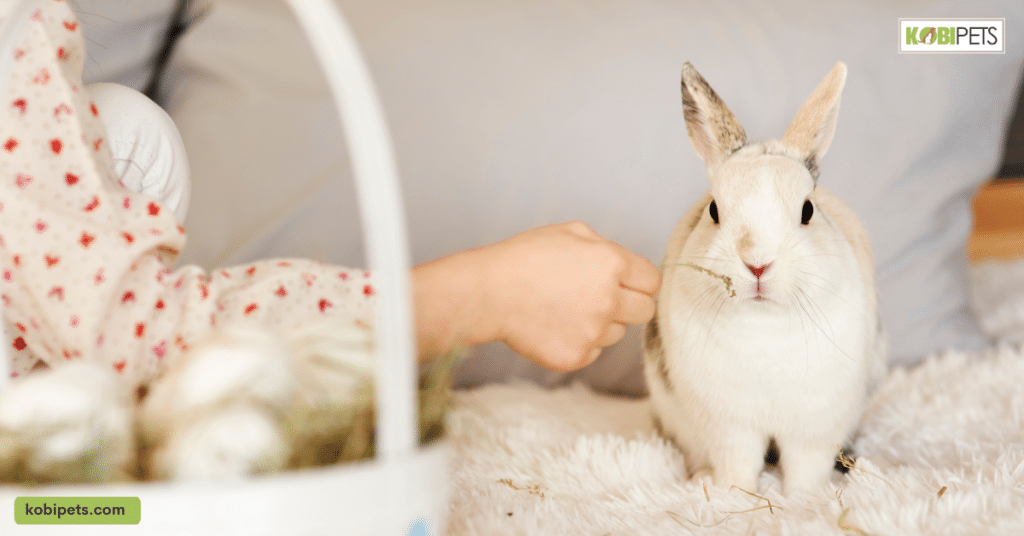
Essential Accessories
Accessories play a vital role in keeping your rabbit engaged and happy. Consider providing a variety of toys, such as chew toys, tunnels, and balls, to prevent boredom and encourage physical activity. Provide hiding spots like cardboard boxes or specially designed rabbit hideouts for your pet to retreat to when they need privacy.
Automatic feeders and waterers can ensure a steady supply of food and water, even when you’re not around. Additionally, secure your rabbit’s enclosure with appropriate locks and fasteners to prevent escapes. By selecting the right accessories, you’ll create an enriching environment that keeps your rabbit mentally and physically stimulated.
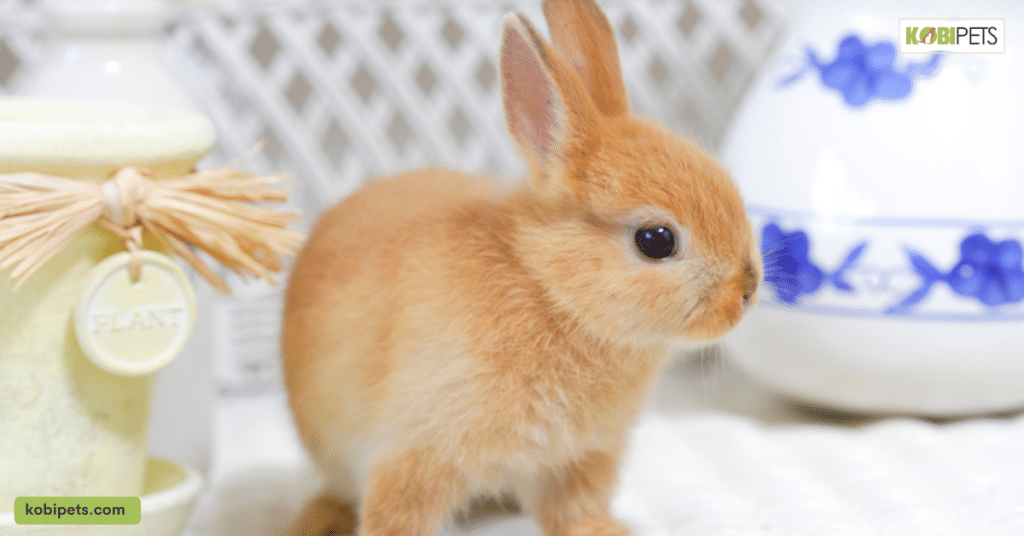
Nutritional Needs
In this section, we will delve into the intricate world of rabbit nutrition, explaining their dietary requirements and highlighting the importance of key elements such as hay, pellets, vegetables, and water. By the end of this guide, you’ll be equipped with the knowledge to ensure that your rabbit enjoys a nutritious and satisfying diet.
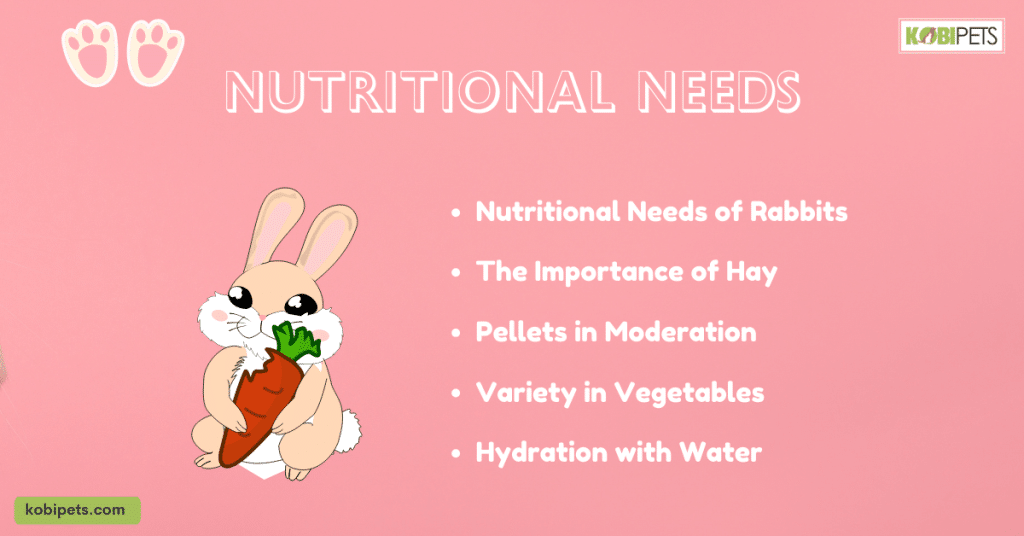
Nutritional Needs
- Nutritional Needs of Rabbits: Rabbits are herbivores, which means their diet consists entirely of plant-based foods. Their primary source of nutrition is fiber, which is vital for proper digestion and dental health. A balanced rabbit diet includes high-fiber hay, fresh vegetables, pellets, and water. Rabbits have sensitive digestive systems, so their diet should be introduced gradually to avoid gastrointestinal issues.
- The Importance of Hay: Hay, such as timothy, orchard grass, or meadow hay, should make up the majority of a rabbit’s diet. Hay provides essential fiber that aids in digestion and helps maintain healthy teeth. It also prevents obesity and promotes natural foraging behaviors.
- Pellets in Moderation: Rabbit pellets are a concentrated source of nutrients and should be fed in moderation. Choose high-quality pellets that are specifically formulated for rabbits and avoid mixes with nuts or seeds. Pellets are a valuable source of essential vitamins and minerals.
- Variety in Vegetables: Fresh vegetables like leafy greens, carrots, and bell peppers add variety to a rabbit’s diet. Introduce a wide range of vegetables gradually to identify any sensitivities. Always wash vegetables thoroughly and provide them in small portions to avoid overfeeding.
- Hydration with Water: Fresh, clean water should always be available to your rabbit. Water is crucial for digestion and overall health. Use a heavy, tip-proof water bowl or a water bottle to ensure a constant supply.
Proper nutrition is a fundamental aspect of rabbit care, and it directly impacts your rabbit’s longevity and well-being. By understanding and implementing the dietary recommendations outlined in this section, you are taking a crucial step towards ensuring that your furry friend enjoys a healthy and happy life.
Health and Wellness
Ensuring your rabbit’s health is crucial for responsible pet ownership. In this section, we will explore common health issues in rabbits and preventive measures, including vaccinations and regular check-ups, to help you provide the best care for your furry friend.
| Common Health Issues | Preventive Measures |
|---|---|
| Dental Problems | Regular dental checks and a high-fiber diet. |
| Gastrointestinal Issues | Proper diet, gradual dietary changes, and monitoring. |
| Obesity | Portion control, balanced diet, and exercise. |
| Respiratory Infections | Maintain a clean environment and seek prompt care. |
| Skin Conditions | Regular grooming and prompt treatment. |
Maintaining your rabbit’s health is an essential part of being a responsible owner. By staying informed about common health issues and taking preventive measures, you can ensure a long and happy life for your beloved pet.
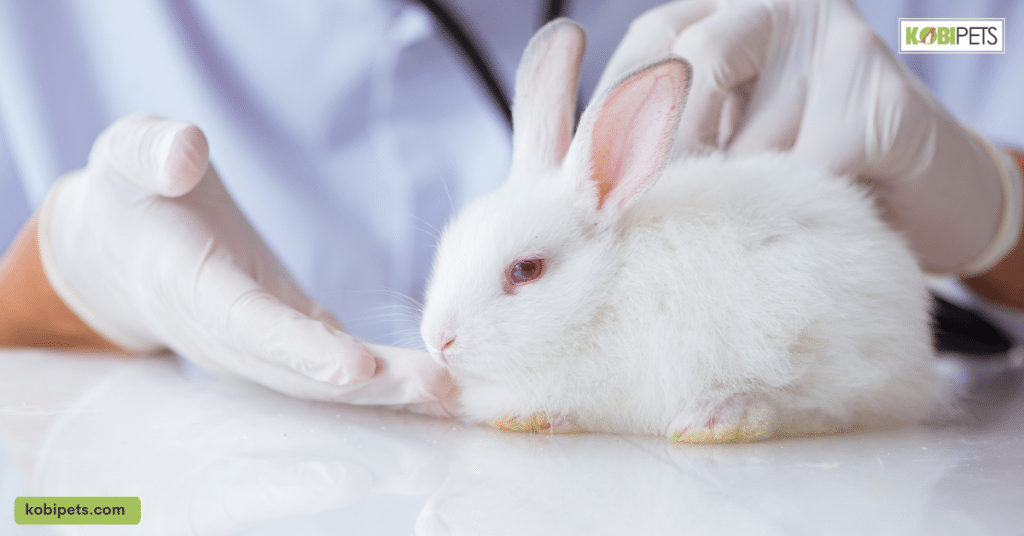
Enrichment and Socialization
Rabbits are naturally social creatures, and providing them with opportunities for interaction and mental stimulation is essential for their well-being. They thrive on social interaction, so spending quality time with your rabbit through gentle petting and talking to them can create a strong bond. Offer mental stimulation through puzzle toys, cardboard tunnels, and treat-dispensing puzzles.
Encourage physical activity with safe, supervised playtime outside their enclosure. Additionally, rabbits are often happiest when they have a companion of their own kind. Consider adopting a second rabbit to provide your furry friend with a constant source of companionship and social interaction.
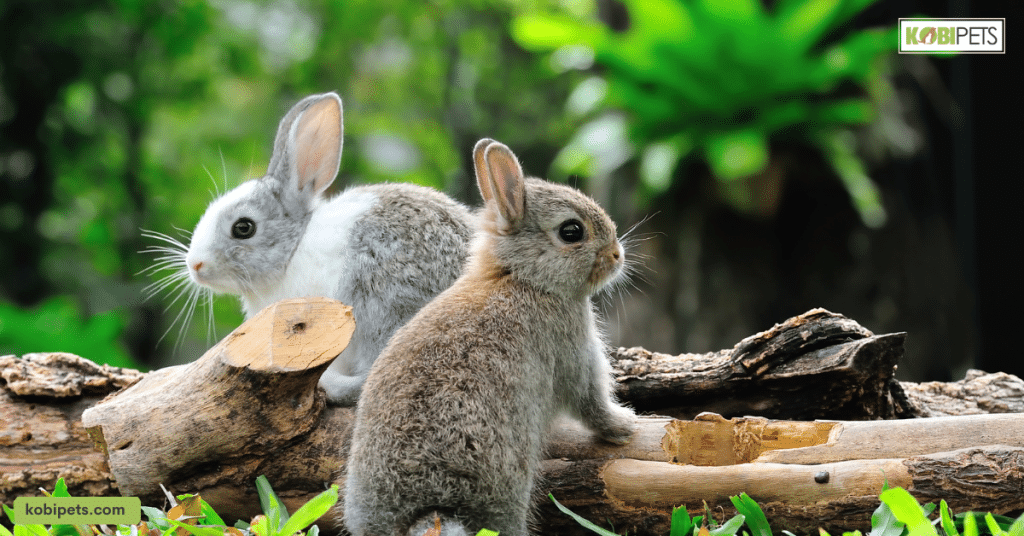
Grooming and Hygiene
Rabbits require regular grooming to keep their fur and nails in good condition. Brushing your rabbit’s fur not only removes loose hair but also helps prevent hairballs and matting. Trim their nails when necessary to prevent overgrowth and discomfort. Maintaining a clean living space is equally important, as rabbits can be sensitive to dirty environments.
Regularly clean their enclosure, litter box, and food and water dishes to keep them healthy and odor-free. Proper litter box training can make this task more manageable. Place the litter box in a corner where your rabbit tends to eliminate and use rabbit-safe litter to encourage them to use it consistently.
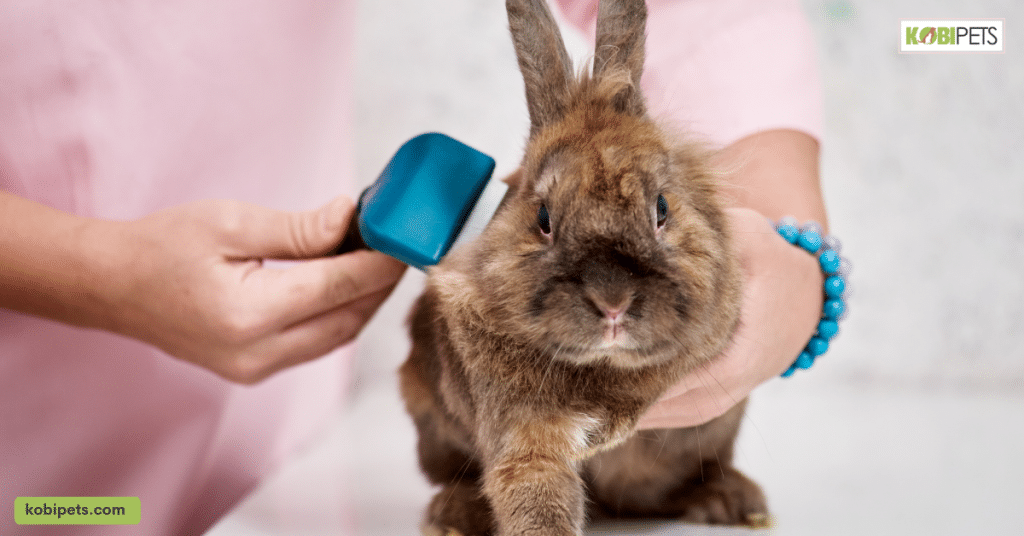
In conclusion
Providing the best care for your furry hopper involves understanding their unique needs and ensuring their physical and mental well-being. This comprehensive guide has covered essential aspects of rabbit care, from selecting the right rabbit and setting up a suitable habitat to addressing their nutritional needs, health, enrichment, and grooming requirements.
By following these guidelines and prioritizing responsible rabbit ownership, you’ll be well-equipped to provide your beloved rabbit with a safe, happy, and fulfilling life.






